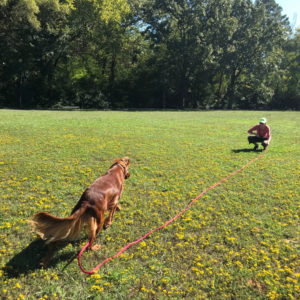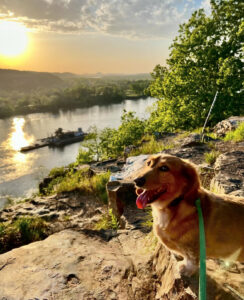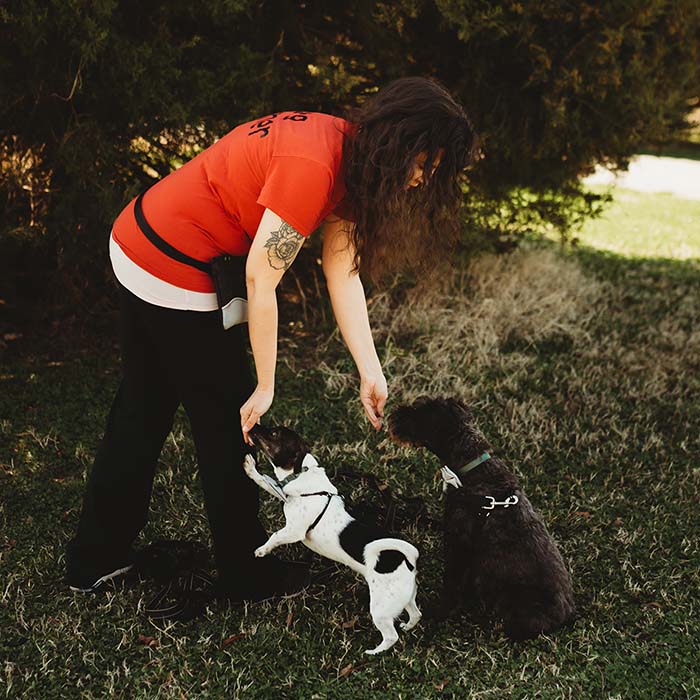Embarrassed: Bruises on Bruises
It’s common to be embarrassed by certain behaviors
Classes start again on September 12! Click here for more information. Also, in case you missed it, my 12 Steps to Successful Rescue article is here, and my Turpentine Creek Wildlife Refuge article is here. The podcast is available below.
I can think of several times I’ve been embarrassed by a dog.
When I met a few other people who expressed some of the embarrassing things they’ve been through with their dogs, I decided to do a three-part series on it all, to be completed with a free e-book, Embarrassed, that will include additional information.
It’s a normal emotion to have and happens more than we might think. Even as a dog trainer, I’ve had my moments of mortification.
And even that feels silly to admit. I should know what I’m doing.
Well, there are always unpredictable situations that may cause new, unexpected behavior.
I’ve had my dog, Jeeves, since 2012. We would go to dog parks all the time, as long as there were low numbers and everyone got along. But he started doing something unexpected–even before another dog touched him, he would start screaming. Which meant I had to explain to a concerned dog owner that no, their dog didn’t do anything, my dog is just a bit neurotic. He got scared. He also has a very high-pitched bark, and sometimes he’ll use it to ask other dogs to play. It can be embarrassing.
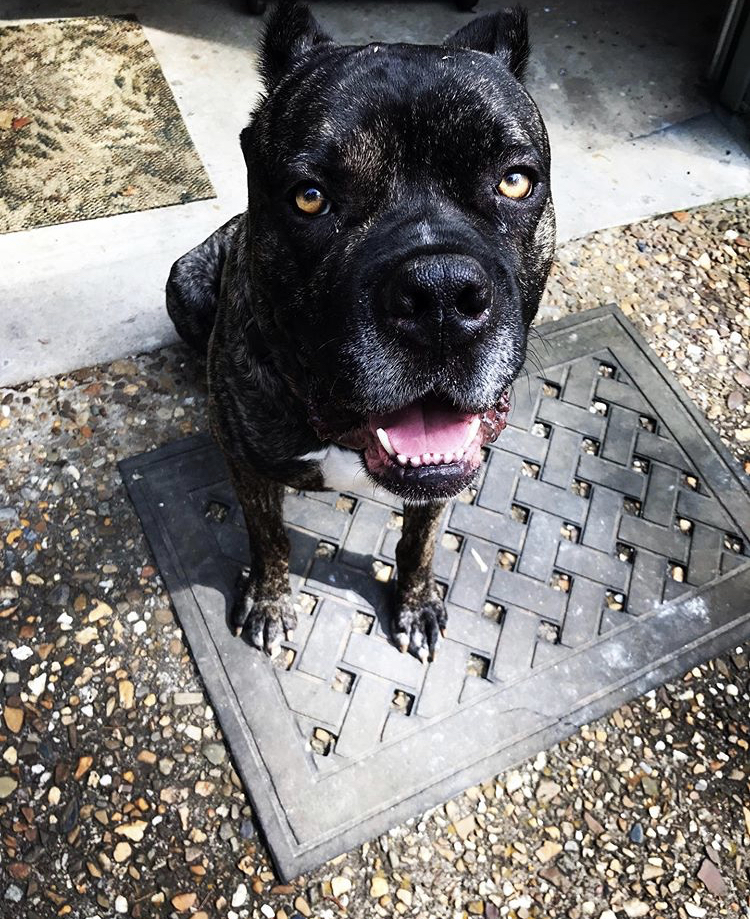
Then there was the dog bar. I’d first heard of it here in Little Rock back in 2019, and my initial goal was to go without my dog. I wanted to scope it out, see how it was run, and what to expect. I never ended up making it on my own, but a few months later, I got a job there. I needed something at the time to supplement my training income and I thought, ‘Why not combine my server experience with my love of dogs?’ My dog would then get in free, so I took him on a day where we could go early and avoid any crowds.
And I was anxious about it.
Of course, I didn’t know if my dog would do something embarrassing, but also, because I’m a dog trainer and everyone there knew it, I didn’t know if my dog would do something that would cause other people to judge my ability and knowledge as someone who professionally handles dogs.
And that’s it, isn’t it? At least for me. I know my little Miniature Schnauzer has his quirks and he can do some silly things. There are things I simply don’t work on with him because it works for us and our lifestyle.
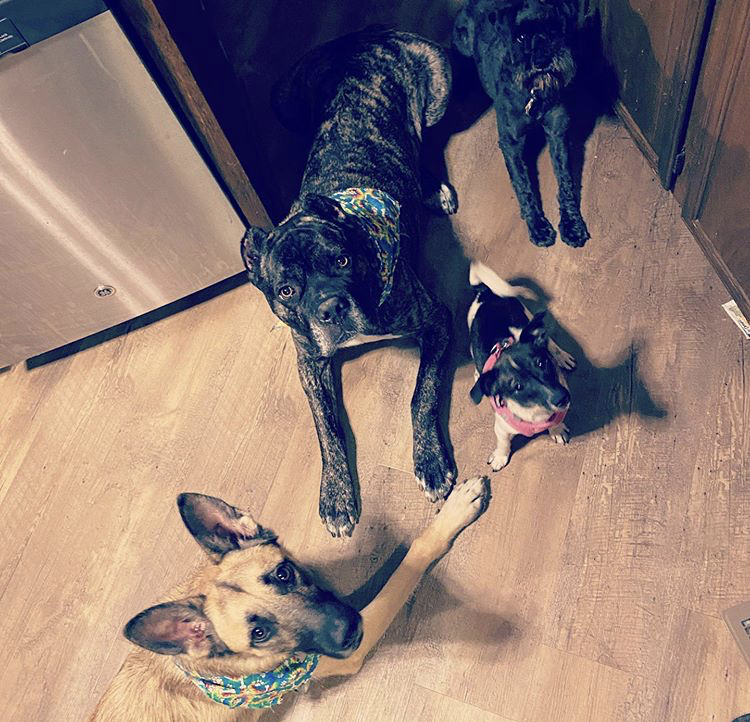
But there are a lot of things I DO work with him on because I know it’s important for his health and mental wellness. I got him several years before I became a trainer, and there’s a lot I didn’t do very well, things that became habits long before I developed any skill, and I worried that other people might judge me for those things, too.
I had to learn that he’s an individual with a personality, as most dogs are. I had to learn how to stop allowing my fear of what people might think influence how I exist in the world. And with Jeeves, it’s just silly and quirky stuff, mostly. He can just be odd.
When I worked at a doggy daycare in 2018, I didn’t bring him to work with me because I knew he wouldn’t have a good time. He likes to play and he likes other dogs, but not all other dogs. And in a setting like the daycare, where they put so many dogs together in one room, I knew Jeeves would struggle.
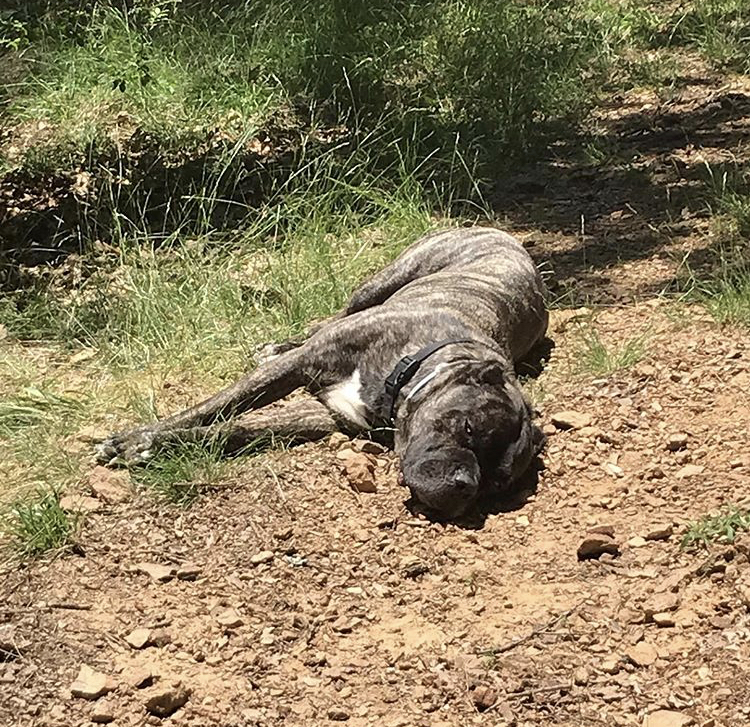
It’s tempting to be embarrassed about that, too. My dog isn’t a “cool dog”. He’s a dog with a distinct personality and likes and dislikes. He’s growled at people for picking him up. Also embarrassing. But he’s never growled at me for picking him up, and we have a special cue for it when I do. Everyone else has done it without his permission, and he let them know.
It can feel particularly embarrassing when:
>> Your dog is particular about other dogs or doesn’t like other dogs or
>> Your dog doesn’t like all people or most people or
>> Your dog has triggers that have to be managed.
I get all of that. I’ve experienced it with not only Jeeves, but with other dogs I’ve lived with. He’s the one that taught me that I need to advocate for him. If I had told the people not to pick him up, he wouldn’t have had to use his voice to do it. He doesn’t have to be okay with just anyone grabbing him.
I loved this article, “Dogs Who Can’t Play with Other Dogs,” written by my mentor, Nicole Skeehan. She’s the owner of Philly Unleashed.
It dissects what to do when our dog shows us that they’re not who we wanted them to be. She talks about accepting the dog you have, and I can’t agree more. Your dog has preferences and likes and dislikes and trying to fit your dog into a particular box due to preconceived notions or even embarrassment isn’t going to work.
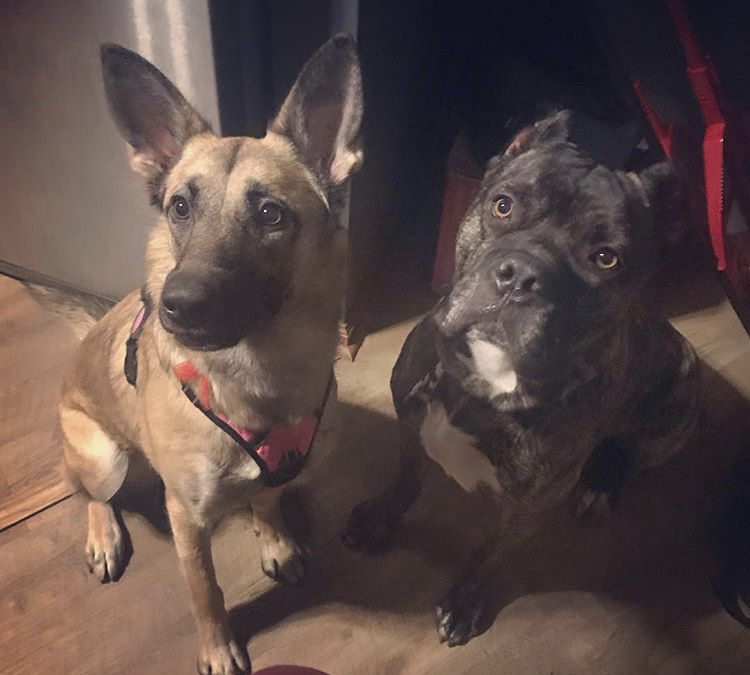
Your dog doesn’t have to be the life of the party. Your dog can have a particular management plan. Your dog can have preferences.
But sometimes a dog can be more unpredictable. Like Maslow.
Maslow had arrived at my sister’s house in 2018 with issues. He’d been returned twice after being adopted. He’d been dumped in shelters two times before that. But he did mostly well. I made a bunch of rules and we managed his reactivity. After about six months, I started trusting him more. But then, two years later, I made a mistake.
Inky came to stay with me back in April. She’d been a dumped dog, really sick with two different types of worms. She didn’t seem spayed. But I wasn’t sure. Maybe she was. I waited. Then waited a bit more. By early August, she was in heat.
My sister was out of town, and I had Maslow. He was not happy. He started targeting Inky, even though he was neutered. Now, humping behavior isn’t always sexual. There are lots of reasons why a dog might hump.
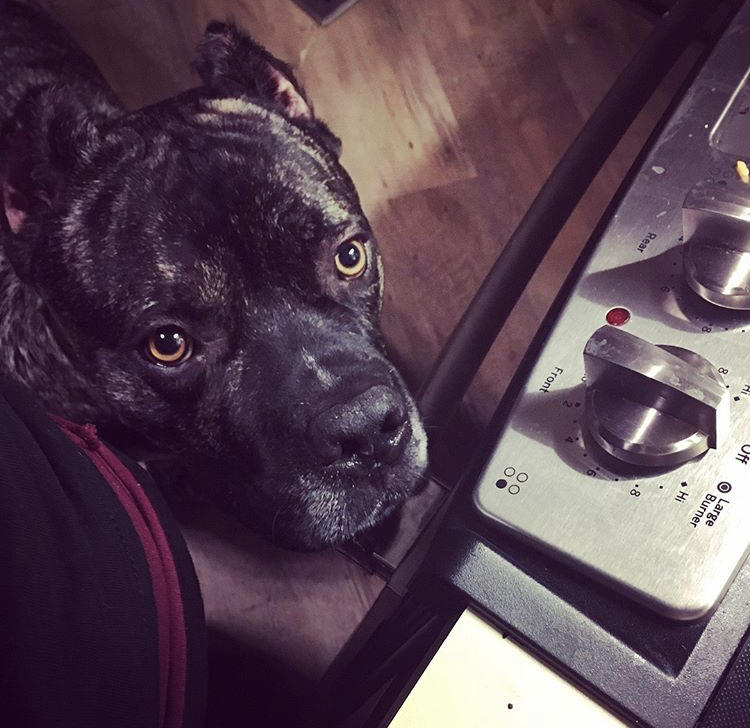
One of the biggest is that they’re uncomfortable or anxious. Humping, much like yawning or scratching, can be used by dogs to reorientate themselves to feel better about a situation. They can also be overstimulated and start humping because they don’t know what to do–think similar to a kid who is on a sugar high. When things get to be TOO MUCH, a dog might try to do something that feels good to them so they feel better or they don’t know what to do. Of course, there are other reasons, too, like they might not be neutered and they’re acting on an urge. But Maslow is neutered.
It’s possible he was neutered later in life, as he was a rescue, and we’re not sure when he got his surgery due to his past. In any event, it was odd.
I started keeping them separate, as he would try to mount her. Then, when I was taking him out along with my sister’s partner’s dog, Sonar, the look in his eye changed, and he jumped me.
I was jumped by a dog one other time, when I was volunteering at the local shelter. I’d pull dogs and train them, recording video to share some of my training skills and to see if I could get them some more attention on their journey to finding their forever homes. One day, I pulled an unneutered dog who was pretty new to the shelter, and as soon as I took him off the lead, he grabbed me. The best way to explain it was that he used his front paws to latch onto my leg and hold on while he humped. I ended up with about three minutes of video of a very large dog humping me while I tried to get him off. I deleted it immediately. It was embarrassing.
I’m a dog trainer. I should know how to handle dogs.
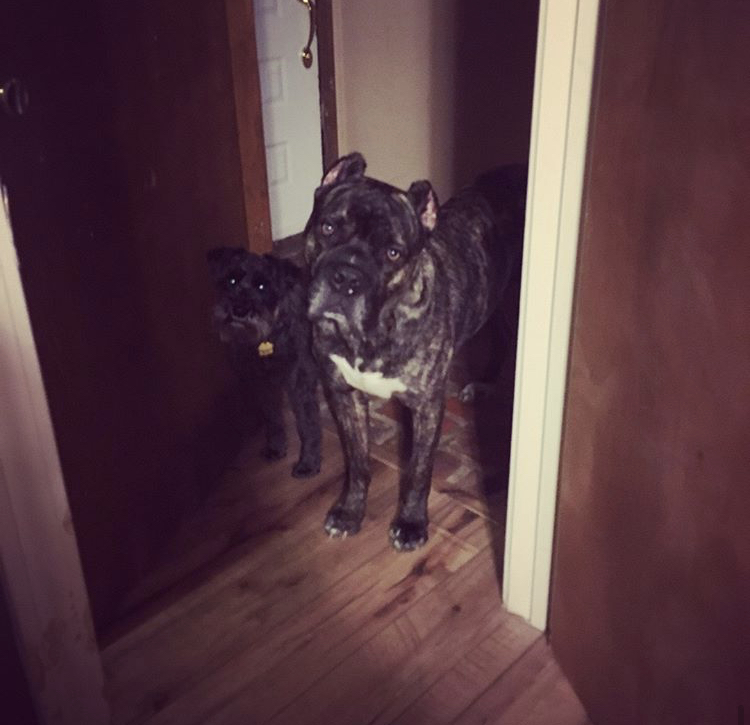
And suddenly, Maslow was grabbing me, too, but this time, onto my arm, giving me massive bruises on my left arm, and bruising up my right arm’s tattoo as well. I was able to stop him, and get him in the house, my heart thudding. I managed the behavior for two more days, until he jumped me again.
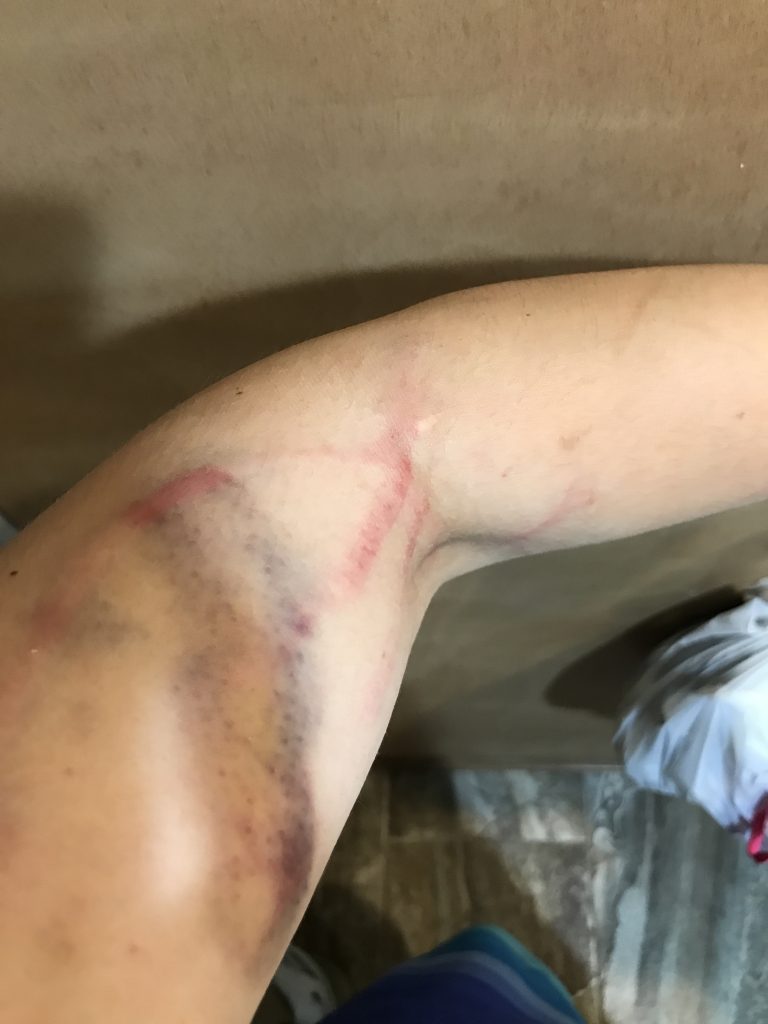
This time, my sister’s partner was home, and I was able to yell for him, and he grabbed Maslow.
Again, I was pretty shaken up and embarrassed, now with bruises on top of bruises. I ended up scheduling with Nicole to talk about him and what to do.
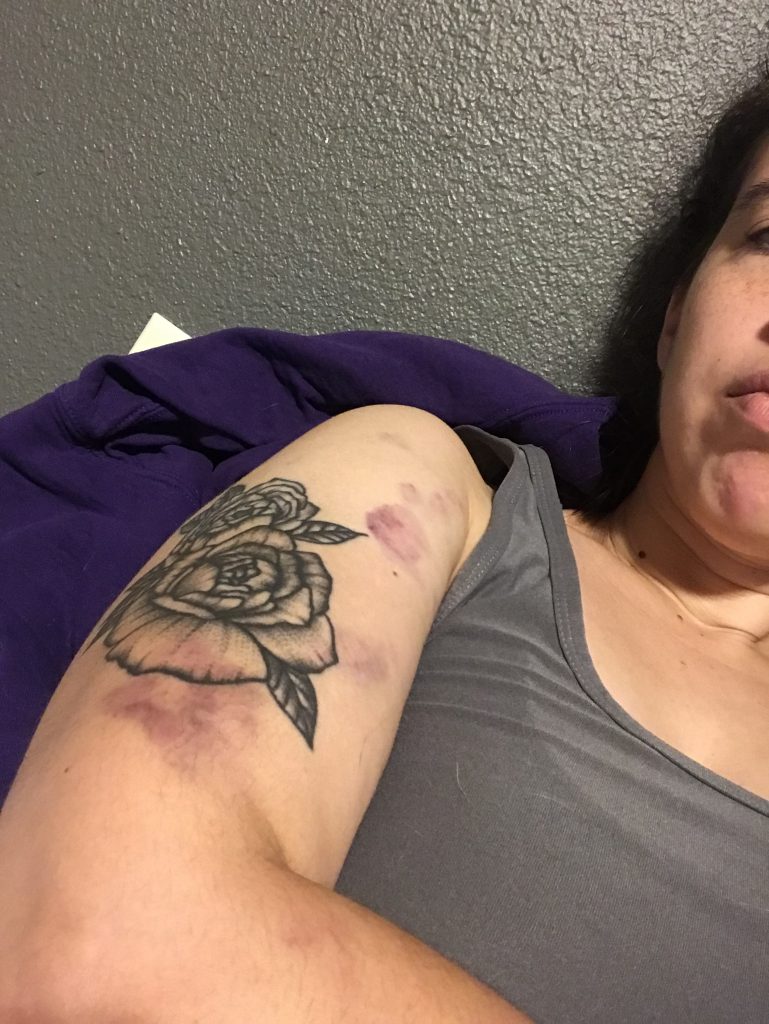
Sometimes trainers need trainers. She has about 20 years of experience on me, and she’s worked with a lot of dogs like Maslow.
She helped me see that there were some puzzling aspects to his behavior, which seemed to have some roots in anxiety and having large reactions to stimuli. This has all been true.
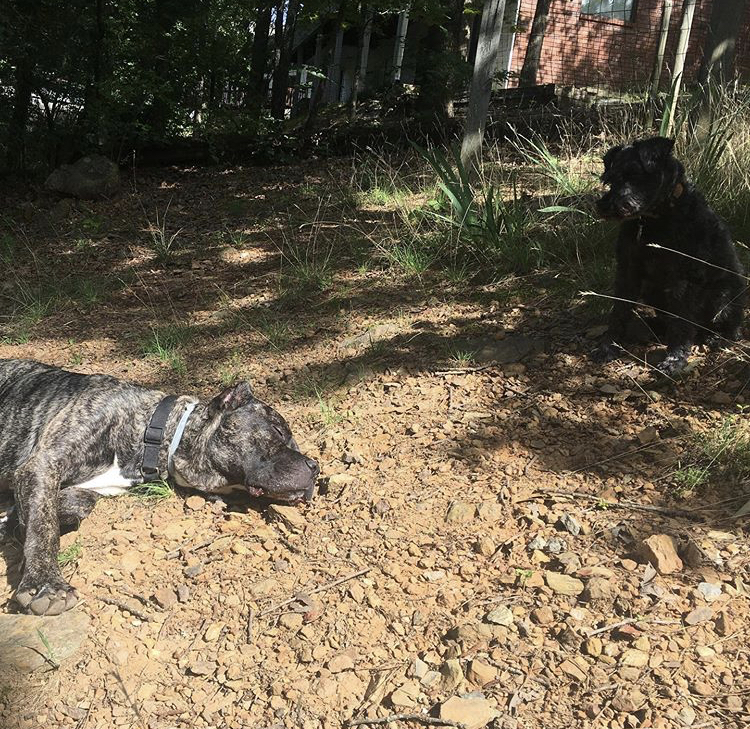
Our management plan became:
- Work on redirecting him when he has reactions or other reactivity in general. He is usually at the front window, watching, so it would be imperative to start redirecting him when he does get reactive.
- Build up communication tools in general. When dogs are unsure or have some anxiety in their situation, they may make choices that aren’t the best. I needed to give him some working tasks to do instead of just reacting when he doesn’t feel good about the situation he’s in.
This includes his reactivity on walks, as well. Overall, it means that Maslow and I have to get to work. The tools I’ll be using for him include:
- Look: Look me in my eyes away from a distraction.
- Touch: Touch your nose to my hand away from a distraction.
- Attention: Come around my right leg and through my legs before sitting and looking up at me. This helps use our bodies to gain some distance away from a trigger. And honestly, it looks pretty intimidating, to discourage anyone from just walking up to us and trying to pet him.
- Behind: Get behind me and sit, which uses my body as a barrier between him and any triggers.
I may add some more as we go along or adjust in general. Even last night, when he was getting overstimulated, I had him get off the couch, where a cushion had become the target of his affections, lay down on the floor, and then I reinforced that position by tossing him treats while I worked on my computer. He did not exhibit any behaviors for the rest of the night.
Coming up, over the next couple of weeks, we’ll be looking at a few more people who have been embarrassed by their dogs, and how they managed.
How has your dog embarrassed you? Sound off in the comments below or send me an email at info@telltaildogtraining.com. Telltail Dog Training offers group classes and private in-home lessons in the Little Rock area, along with training walks for current clients. Find Telltail’s podcast here, or find additional information on Instagram, Facebook and YouTube.


